As a professionally trained chef with a passion for culinary exploration, my travels often take me on chocolate safaris to various corners of the world. These journeys are not just about indulging in the finest chocolates; they also offer me the chance to immerse myself in local cultures, cuisines, and traditional cooking techniques. My recent trips to Ghana, where I lead chocolate safaris, have been a culinary revelation, giving me the opportunity to delve into the rich tapestry of Ghanaian food. Here's a glimpse into what I've discovered so far.
Ghana's culinary landscape is a reflection of its diverse population, with each ethnic group contributing its own unique dishes. From the bustling coastal towns to the serene savannah regions, the gastronomic offerings are as varied as the people themselves. However, the essence of Ghanaian cuisine often relies on the availability of ingredients based on geographical distribution.
While some ingredients have become widely accessible throughout the country—such as rice, pasta, corn, beans, millet, plantains, and cassava—local cooks employ their ingenuity to adapt dishes with whatever is locally abundant.
Here are some remarkable Ghanaian dishes and stories that have captivated me during my journeys:
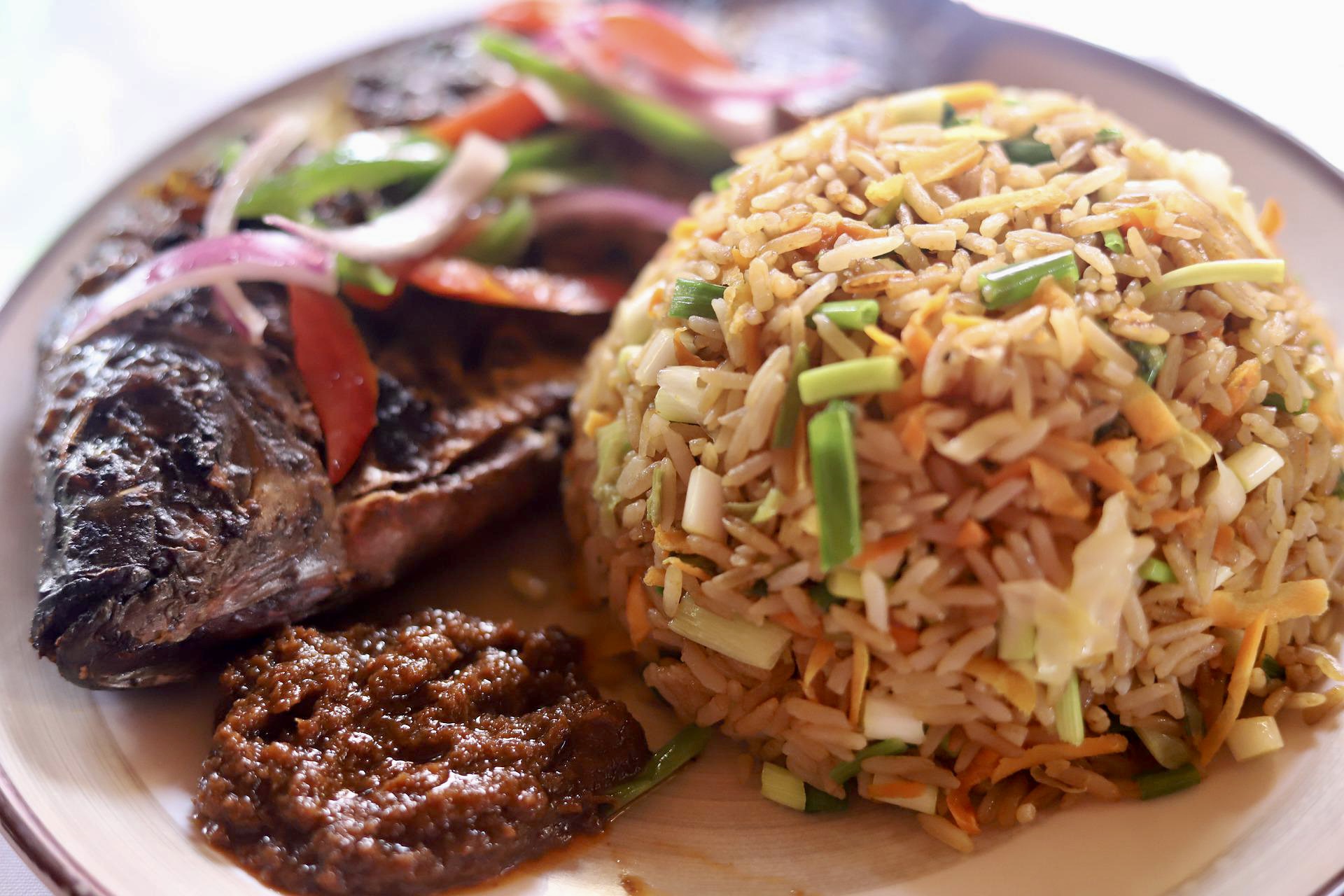
Jollof Rice:
Originating from Senegal and Gambia in the 14th-16th century, Jollof rice, or 'Benachin,' is a one-pot dish made with long-grain rice, tomatoes, onions, spices, vegetables, and meat or fish. Its preparation methods and ingredients vary across regions, reflecting the diversity of Ghana's culture. The rice soaks up flavourful stock during cooking, resulting in a delightful orange hue. Jollof rice is a beloved dish that graces restaurant menus and street food vendors' offerings across the nation.
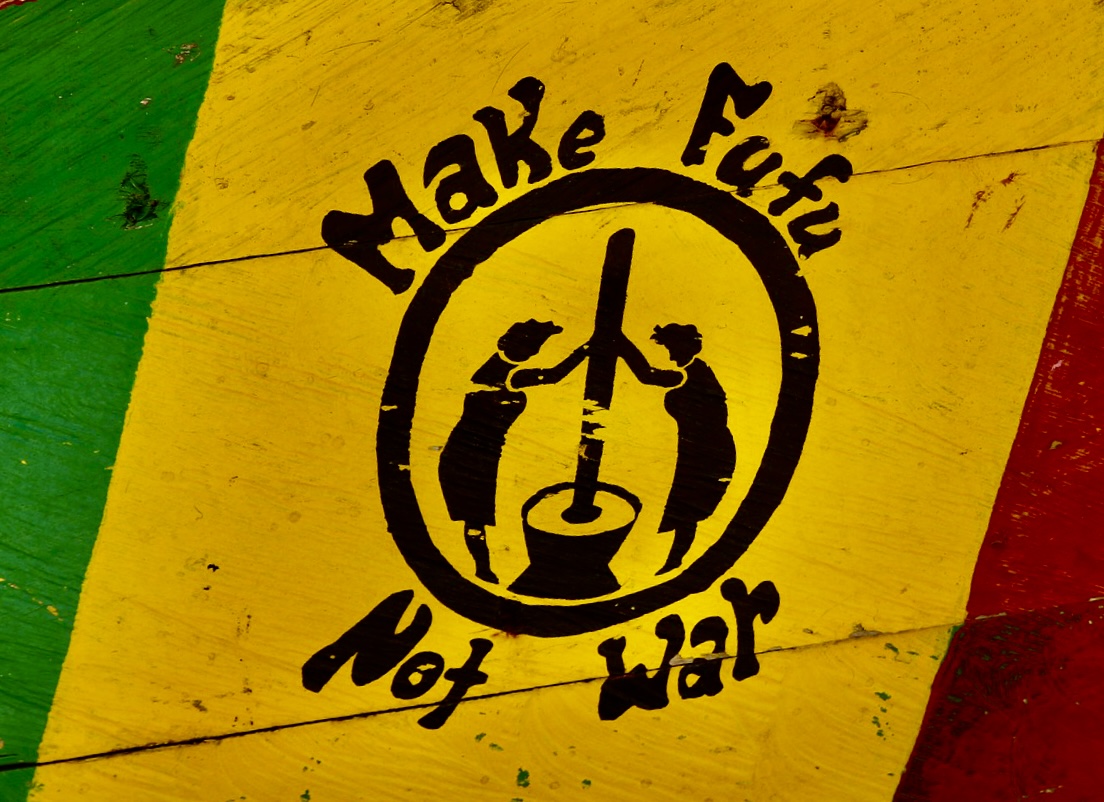
Fufu: A staple food in the Eastern and Ashanti regions of Ghana, fufu is a soft and doughy dish made by pounding boiled cassava and plantains into a sticky paste. Its origins lie with the Akan people, particularly the Asante, Akuapem, Guans, Akyem, Bono, and Fante ethnic groups. Fufu is often paired with sauces or stews of meat, fish, or vegetables, and is a testament to the resourcefulness of Ghana's culinary traditions.
Waakye: Derived from the Hausa word for "beans," waakye is a dish that showcases Ghana's culinary diversity. Originally a Northern specialty, it has become a staple across the nation, especially in the streets of Accra. This dish features rice and beans (black-eyed peas or cow beans) cooked together with dried red sorghum leaves or stalks and limestone. The result is a flavorful and colourful combination that's often served with sides like fried plantains, garri, spaghetti, and avocado.
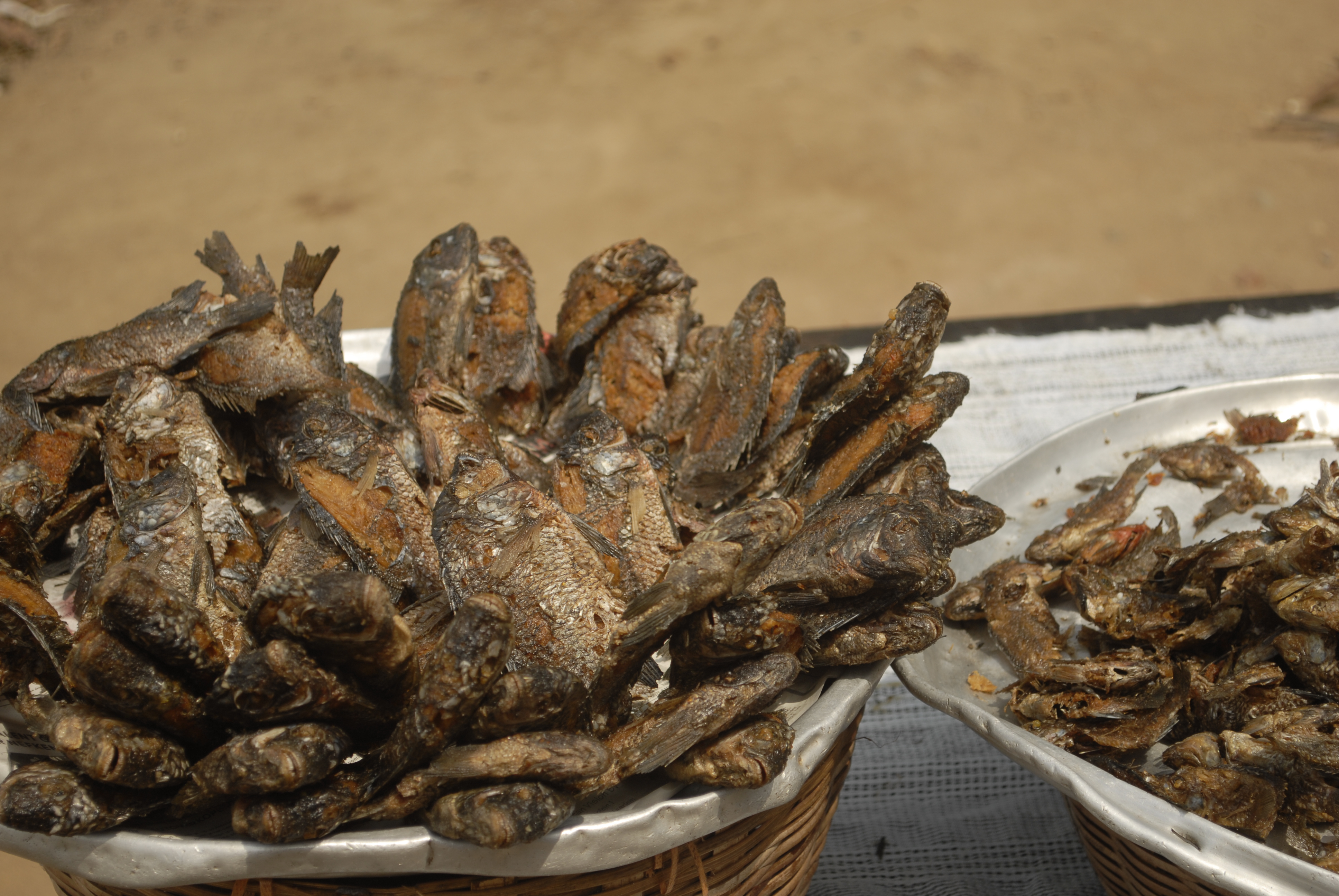
Tilapia: Visiting Bosomtwe Lake, formed by a meteorite strike in the Ashanti Region, gave me insight into the history and local traditions of Ghana. Tilapia, a freshwater fish, is a prized catch in the lake. Grilled tilapia is a delicacy, often enjoyed with banku—a mix of fermented corn and cassava dough—and spicy accompaniments like Scotch Bonnet pepper, diced tomatoes, and onions.
Red-Red: Made from cowpea beans, red-red is a soup served with palm oil and soft fried plantains. It's one of the few Ghanaian dishes that isn't heavily spiced; instead, its flavour comes from its components, such as garri. The mixture of ingredients and the unique flavour profile make red-red a standout in Ghana's culinary landscape.
Nkatenkwan (Peanut Stew): Nkatenkwan, or peanut stew, is one of Ghana's most renowned dishes. Born from peanuts, this soup is enriched with onions, tomato, and Scotch Bonnet peppers. It's often served with accompaniments like omo tuo or fufu. While its origins are attributed to the Hausa people, peanut stews and soups are enjoyed across West Africa, showcasing the versatility and significance of this ingredient.
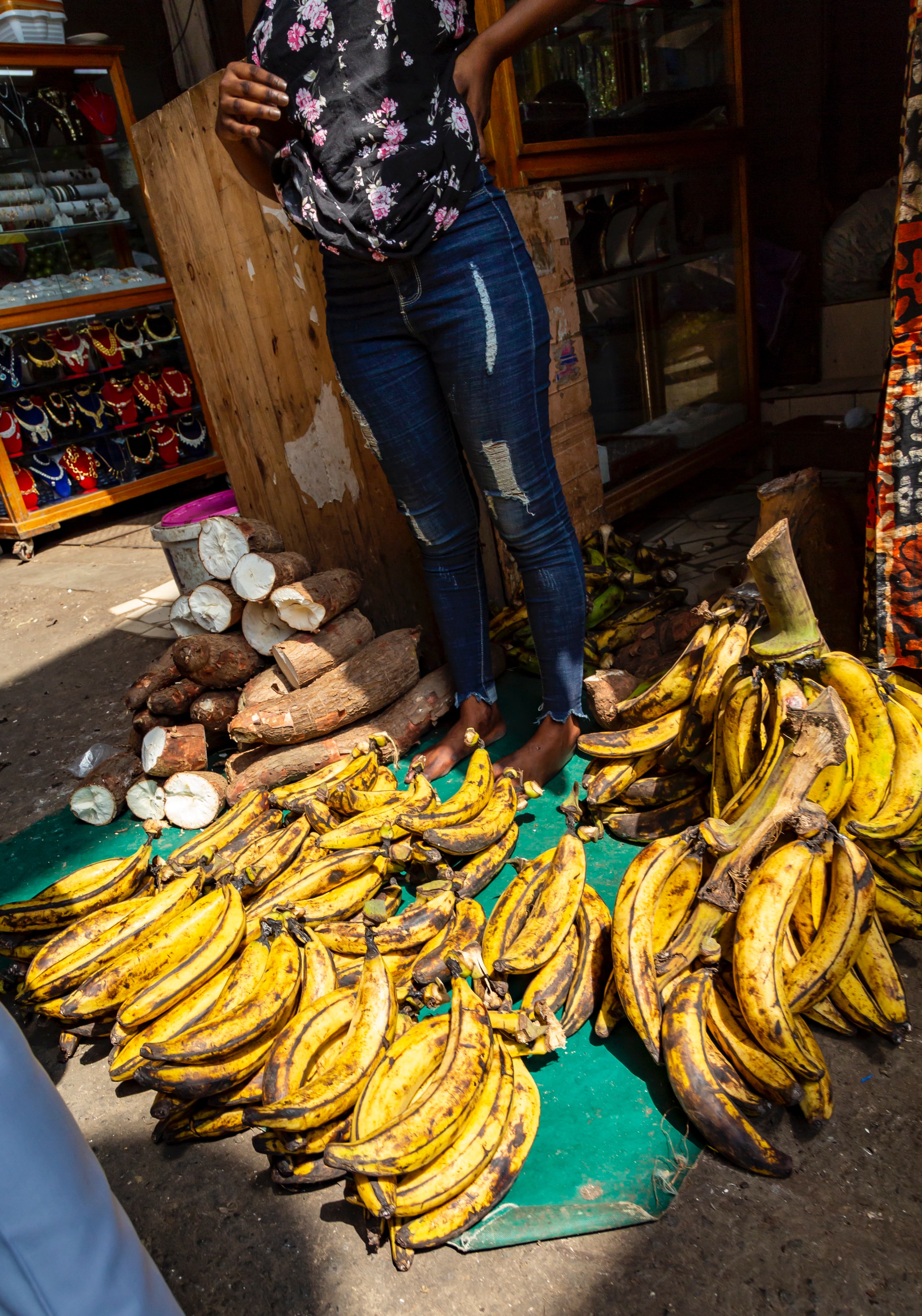 Tuo Zaafi aka TZ
Tuo Zaafi aka TZ
Northern Ghanaian food is dominated by the use of grains, herbs, and meat. Tuo Zaafi, also known as T.Z. has its origins from the Hausa Language. The word 'Tuo' means stirring or paddling while the word 'Zaafi' means hot.
Tuo Zaafi is not only popular in Ghana, but also across some other west African countries like Nigeria, Burkina – Faso, Mali, and Niger. I think It's a bit like banku, although its softer and not as sticky. It's made by cooking corn dough and adding a little cassava.
What distinguishes Tuo Zaafi are the nutritious herbs used in making the accompanying soup, including dawadawa and ayoyo leaves.
Kenkey
Kenkey is a typical Ghanaian dish that is made from fermented white corn, similar to banku. It's made by moulding fermented corn dough into balls wrapping them around with drying corn leaves, and then boiling them.
It;s widely eaten all across the country, but known by different names. The Ga tribe from southern Ghana call it komi. The Fante tribe who live in the center of the country call it dokono.
Kenkey is most often served with crab, octopus, or fried fish were fishing is possable and always with a hot pepper sauce. It is a delicacy of the Accran people.
Kelewele
African spicy fried ripe plantains that are crunchy on the outside and soft on the inside a bit like a roast potato.
Great with stews or as sides to go with any protein, often as a snack with peanuts. Three basic ingredients ginger, chilli, and salt and your off, where you take it then is up to you.
They are often sold as a snack. It is made by frying soft plantains that have been marinated in peppers, ginger, and garlic.
The aroma is crisp and strong, while the plantain adds a little sweetness to the sour.
Double the recipe do you can use it as a bbq dusting.
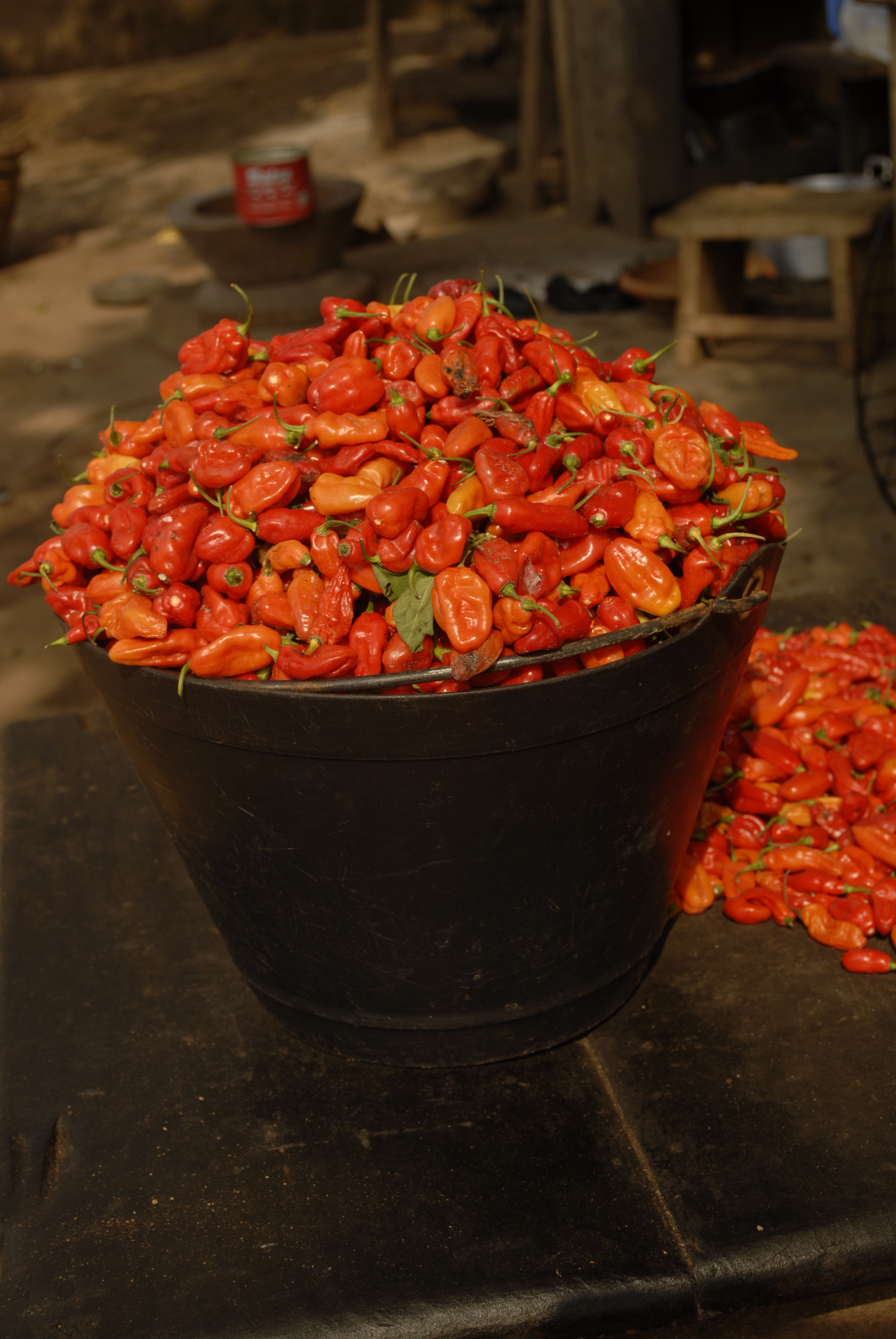
Omo tuo
Omo Tuo (or rice balls) are another traditional Ghanaian food that shows how the population often reinvents the myriad ways of eating rice. It comprises soft boiled grains that are moulded into balls and served with a variety of soups, and makes a great accompaniment to many dishes like fufu.
Kontomire stew
Kontomire stew is made from boiled tender cocoyam leaves, salt fish, and boiled eggs, and goes with boiled yams, plantains and avocado.
My journeys through Ghana have not only tantalised my taste buds but also offered me profound insights into the country's rich culinary heritage.
From the history of Jollof rice to the art of preparing fufu, every dish is a story waiting to be shared. As I continue to explore and connect with locals through their foods, I am reminded that the heart of a nation lies in its culinary traditions. Ghana's flavors have enriched my understanding of its culture, and I'm excited to bring these stories back to the world through my chocolate safaris.
Join me in experiencing the vibrant flavors of Ghana through our Coeur de Xocolat chocolate safaris, where chocolate and culture intertwine to create a journey of discovery and delight.

.JPG)